Research Areas

Surfaces represent an important interface between electronic systems and the physical environment. Surfaces have been used for passive sensing but they can also provide powerful functionalities. There is the prospect of embedding of localized intelligence into the surface to derive novel applications.
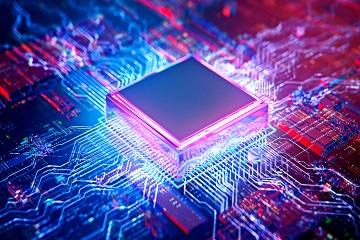
The ability to shrink transistors down to nanoscale devices has led to continued advances in computing technology, but physical limits will soon prevent this trend from continuing. Novel technologies could overcome these barriers and lead to faster, better, smaller computers. Innovations in the end-to-end system including architecture and software will accelerate this evolution too.
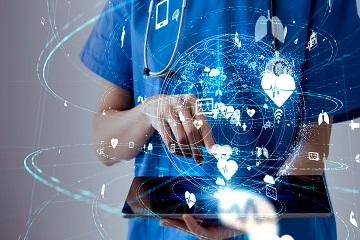
Development of new ideas in healthcare and wellness monitoring are sought, beyond the monitoring of traditional signals, including but not limited to detection and /or monitoring of glucose, blood pressure, red blood cells in stool, and protein in urine.
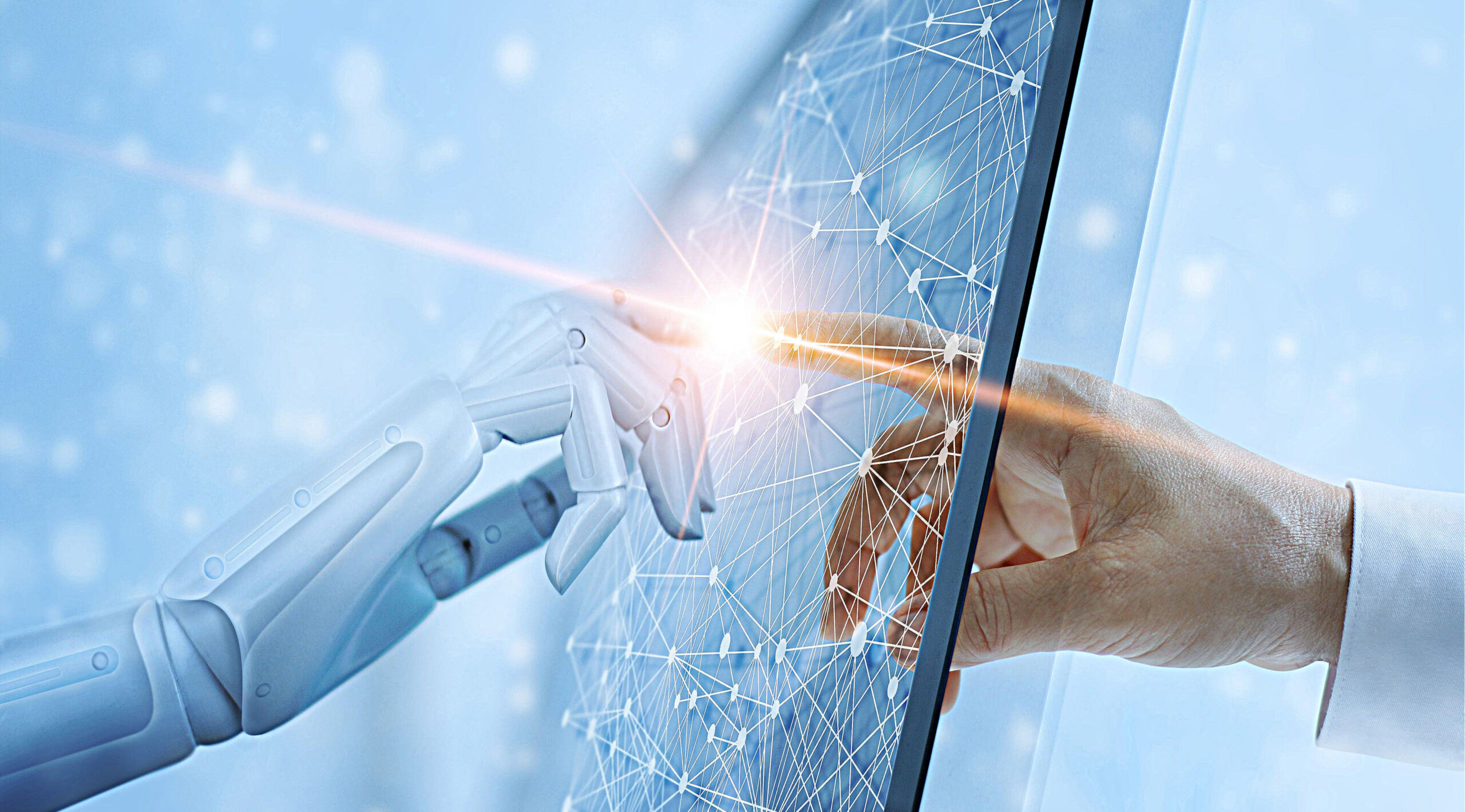
Spatial computing enables rapid re-programmability and adaptive to workload to achieve superior performance power ratio. It can find applications in cloud, edge and IoT. In the future, computing tasks will expand from the centre to the edge, and the scene will change dramatically, but the computing model has always been the traditional central computing model. The closer to the edge, the more sparsity and high dynamic range of computing model. An effective solution to the mismatching between tasks and models of computing is to learn from the bionic model to realize the calculation, thereby greatly improving the energy efficiency of computing. Applications include 5edge devices, IoT, and wearable devices/sensors.

Today, monitoring health and fitness becomes part of our daily life, the result of such often influences how we eat, exercise and sleep, at least in the next couple of days. Under this theme, topics of interest include, but not limited to continuous monitoring of glucose, blood pressure, blood composition, ECG, Core body temperature, SpO2, gait and and excreta, MDD etc. It could also be related to technologies that are capable of fall prediction, posture recognition and analysis and exercise intensity analysis/energy consumption estimation.
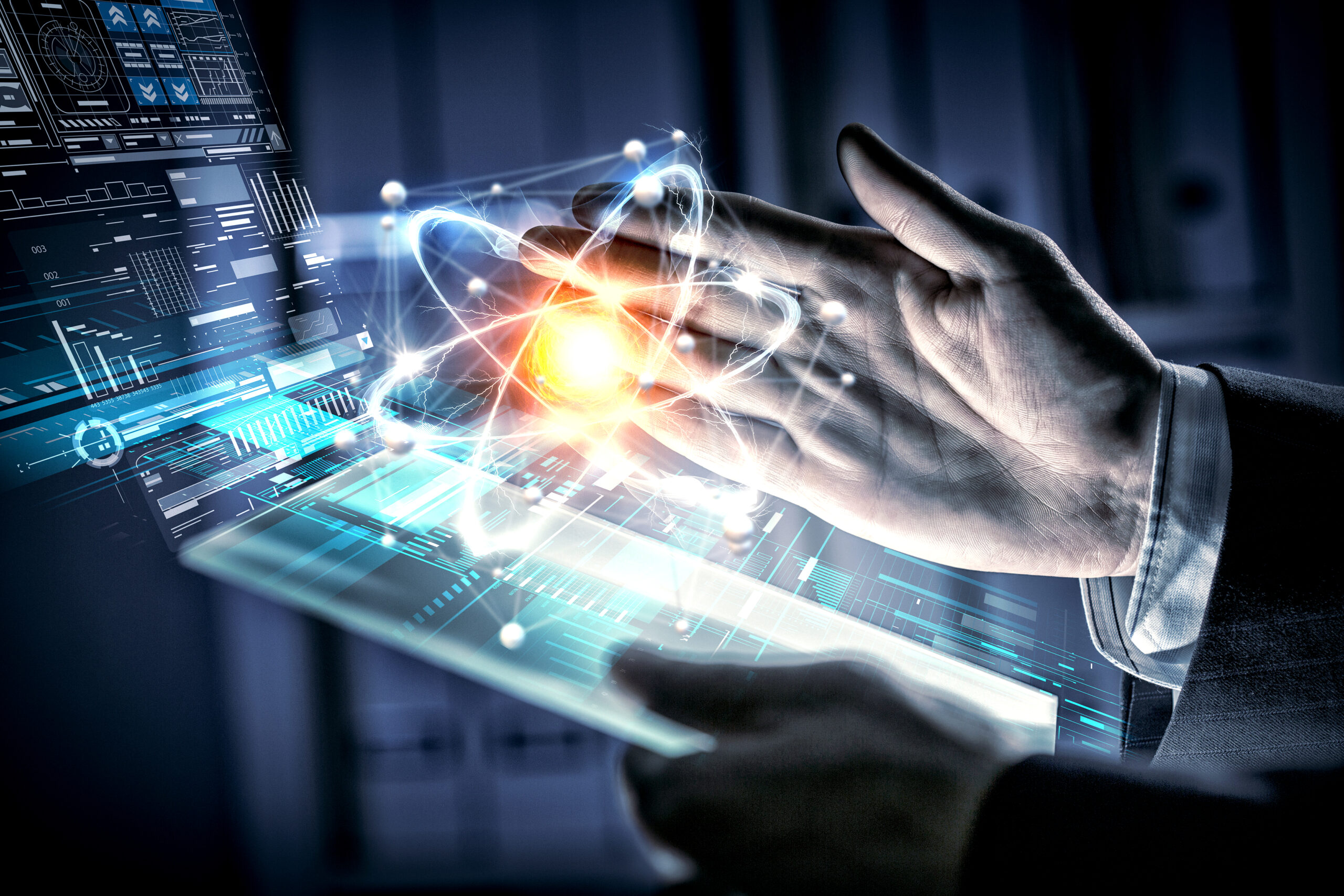
The traditional optical imaging "what you see is what you get" method lacks high-dimensional scene information. The next generation computational imaging technologies use the captured light field information to do digital processing, establish a transformation model between scenes and images, and image through computational inversion to obtain high-dimensional information. They have wide applications, such as ultra-high resolution imaging, low photon number imaging, penetration imaging, 3D diffraction tomography, holographic imaging, cross-modal imaging, and LIDAR.

With connectivity and intelligence technologies, Cyber Physical System (CPS), such as robot, unmanned aerial vehicle, and autonomous vehicle, improves human life convenience and safety. However, due to huge software code lines, wire/wireless network, smart sensors adaptation, and OTA capabilities, those bring furthermore attack vectors for hackers.
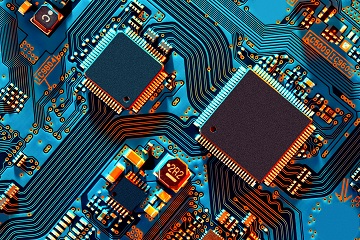
The memory capacity and cost has been one of the big challenges in high performance computing.

Fusion of wireless communication, indoor localization and radar sensing to build new functions on top of existing home networks, where the target is to explore fusion architecture and algorithm design on seamless transition, precision and efficiency among wireless/localization/radar sensing.


